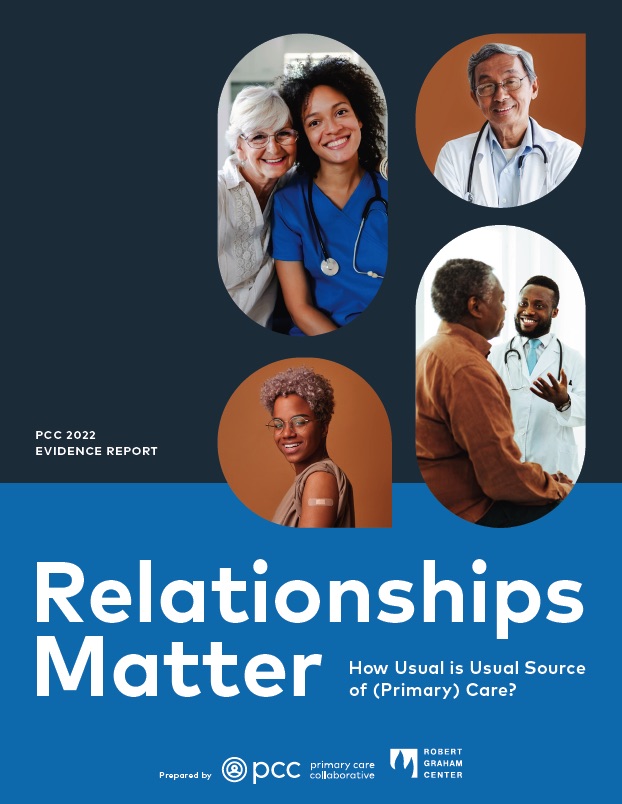You are looking at an archived version of our site. Please visit thepcc.org for a fresh, new experience!
Transforming Clinical Practice In Partnership with Patient and Family Advisors
In partnership with the PCPCC SAN, the Institute for Patient- and Family-Centered Care (IPFCC) offers technical assistance/programmatic support around patient engagement to Practice Transformation Networks (PTN) in TCPI. Support given through in-person trainings, online learning events, and evidence-based resources is essential and proves to be successful in transforming the way practices deliver care.
Recognizing that sustainable transformation can only occur through meaningful partnership with patients and families, the VHQC PTN (serving DC, Maryland, Virginia and West Virginia) took action by starting their own Patient and Family Advisory Council (PFAC). Members represent various practices enrolled in the PTN and have seized the opportunity to make an impact on their practice and the quality of care delivery.
In this webinar, IPFCC will highlight various topics including starting a PFAC, engaging clinical staff, overcoming anticipated barriers, and more! Join us as we learn how these strategies are applied to practices within the VHQC PTN. Don't miss the opportunity to hear VHQC's experience, impact, and strategy for ongoing engagement!
Webinar objectives:
1. Review Patient Engagement goals and metrics for the Transforming Clinical Practice Initiative
2. Identify strategies for clinical practice improvement through partnerships with patients and families
3. Learn from Partnerships in Action in a Clinical Setting
4. Discuss strategies for how to overcome barriers
We'll have office hours for 30 minutes after the webinar to answer questions not addressed during the presentation (1-1:30pm ET).
*This webinar is free-of-charge and is supported by Grant Number 1L1CMS-331478-01-00 from the U.S. Department of Health & Human Services, Centers for Medicare & Medicaid Services. The contents provided in this webinar are solely the responsibility of the presenters and do not necessarily represent the official views of HHS or any of its agencies.
Manager, Program Integration, VHQC
Amy Lenz is the Program Integration Manager for VHQC, the Practice Transformation Network serving Virginia, Maryland, Washington, DC and West Virginia and the Quality Innovation Network – Quality Improvement Organization for Maryland and Virginia. Ms. Lenz ensures VHQC’s goals for task integration, peer-to-peer learning, patient and family engagement, and disparities reduction. She leads an internal patient engagement planning committee; coordinates VHQC’s Patient/Family Advisory Council and drives progress on internal quality measures for including the patient voice in all phases of quality improvement.
read more
Family Caregiver, Director of the Center for Child and Family Experience, NYU Langone Medical Center
Juliette Schlucter has more than two decades of experience working with and leading health care professionals in patient- and family-centered care assessment, programming design and implementation. Juliette came to her work initially as a Family Advisor, following the diagnosis of Cystic Fibrosis of her son and newborn daughter 22 years ago. She has consulted on patient- and family-centered topics related to quality, safety, education, research, and outcomes with numerous health care systems and agencies. read more
What's New
August 16, 2024
- Page 1
- ››






